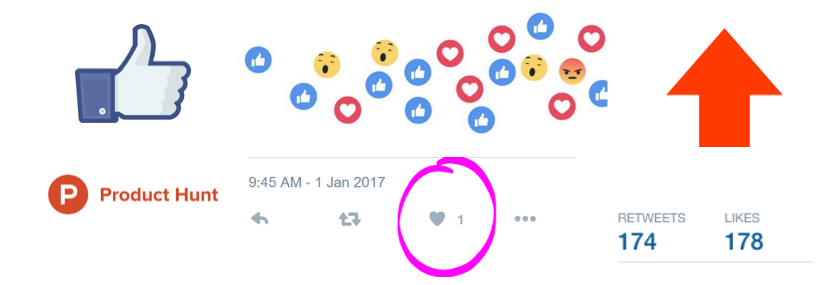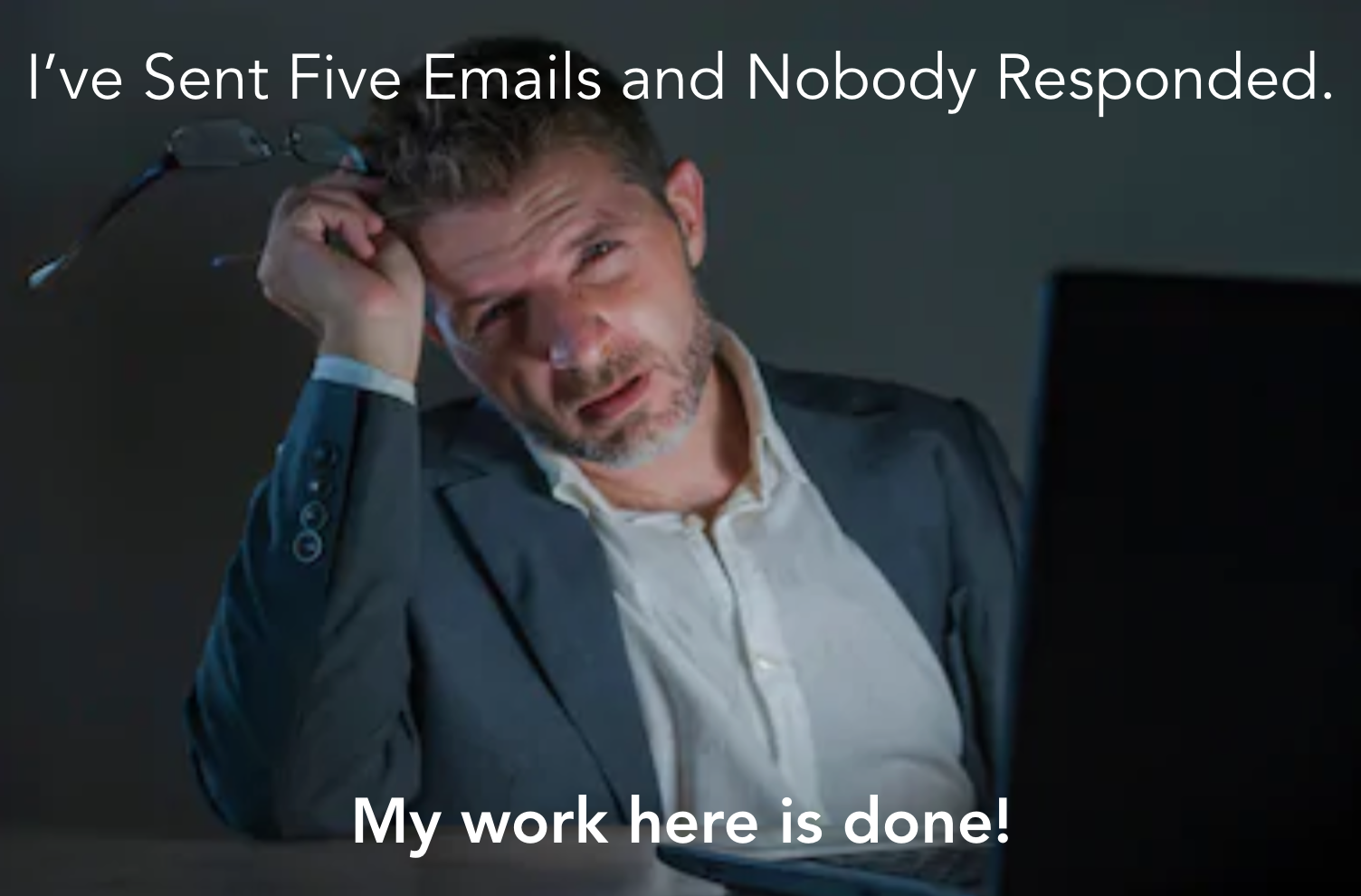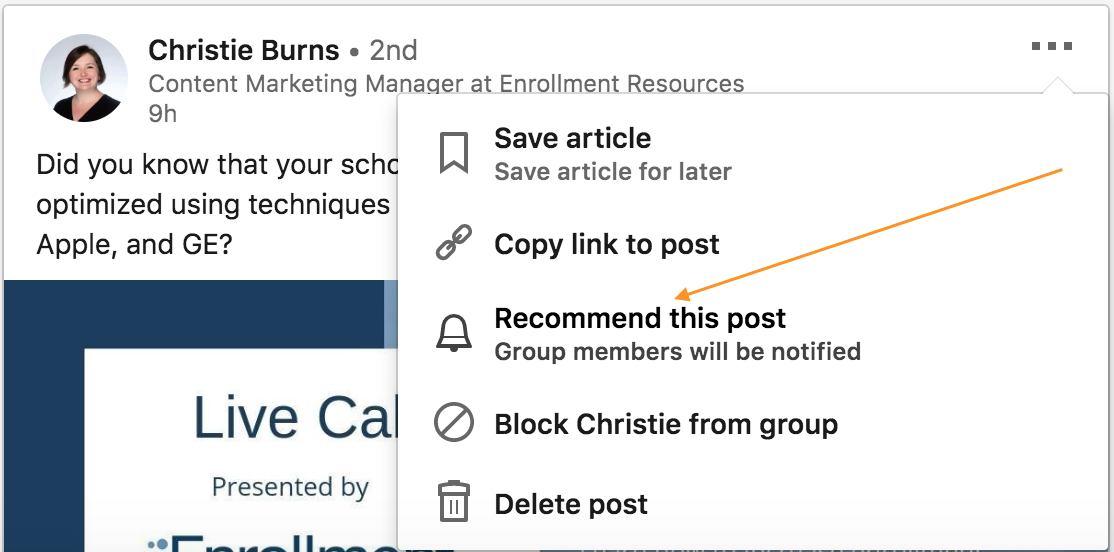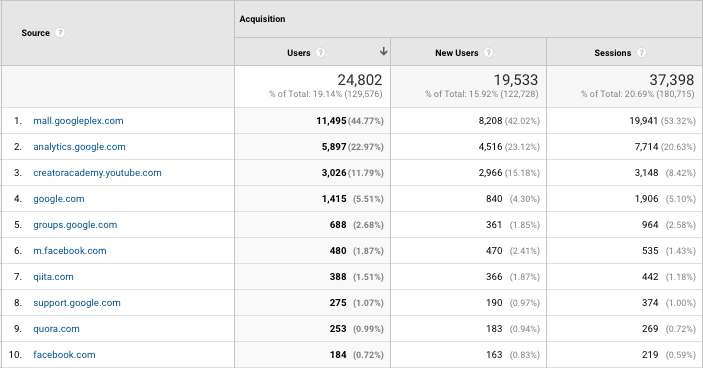The Evolution of Targeting Blogs:
Do you remember Digg? Think early Reddit. For me, the casual dial-up internet user, one of the early ways to discover interesting content on the internet. You could “digg” an article and the more diggs, the more exposure on the site.

What does a defunct discovery site have to do with marketing in the crowded fight for attention online? A lot.

Today, there are thousands of companies with social software features plugged into algorithms with the same goal: surface popular content. Upvote, like, subscribe, support, heart: actions a user can take to increase the visibility of a specific voice, product, idea, video, image or a tweet that contains all of these things.
As a growing company, you’ve hopefully reached product market fit (you have happy customers and you want a lot more like them). It’s time to grow. The traction channel we’re talking about today is targeting blogs. Since Traction was originally published in 2014, our team here huddled and modified the traction channel to speak more to 2019: targeting attention.
So what does this traction channel look like on the ground floor? The visual I used at our daily-standup when we talked about targeting attention, was the visual of a dimly lit room and a marketer huddled over a computer deep in a rabbit hole of comment sections on popular blogs. And while that image is bleak, there’s no way around hustle and grit when it comes to this traction channel. It takes effort. Finding, targeting, and thoughtfully engaging with the people behind the websites, handles, and sources of information your customers are paying attention to takes work.

Finding Fit:
There are 19 traction channels for a reason. And there’s a bullseye method for a reason. With time being your greatest resource, you can’t test all 19 traction channels at once and you can’t execute on all cylinders in all 19 traction channels. Some will drive growth and other won’t. We love the 80/20 rule: 80 percent of your business comes from 20 percent of your customers. The same is true of Targeting blogs. In fact, it might be closer to 95/5. 95 percent of your traffic will come from 5 percent of the blogs you target. Let’s quickly review a couple key places to find those targets with the help of our Digital Marketing expert, Kassi!
Execution:
Our Digital Marketing Manager, Shawn, went to MozCon (an SEO specific conference held in Seattle, WA) and they had a rule: don’t be human spam.

Don’t show up to the conference and spend the whole time peddling your software or services. Don’t join a conversation just to wait your turn to speak. Contribute! This can look different by channel:
- Guest blogging
- Influencer Outreach
- Be a guest on a podcast
- Comment and contribute to industry discussions
- Start a group or join an online community.
“Judge a man by his questions, not by his answers.”
– Voltaire
It’s 2019, Voltaire, how about we change that quote to judge all people, not just men! Regardless, the quote applies to targeting blogs, influencers and attention. Ask questions, be genuinely curious and listen. Here’s a case study that we’ve executed internally for our software product: GeoFli.
Traction Tactic: LinkedIn Admin
When GeoFli launched in 2016, we were specifically targeting users in the higher education vertical.

Identify Customer Persona:
Identify the customer persona you’re targeting. Marketing 101: who is your customer. Not just male, age 34, median income. I’m talking about “Meet Ted. He’s got the newest iphone and it cost him 50% of his monthly paycheck. He prioritizes technology and lives in a downtown apartment so he doesn’t need a car. He’s taking a trip to rock-climb this weekend with some friends. Now that’s a persona!
Where are Personas Spending Time?
Where is Ted Spending his time online? How does Ted make purchasing decisions? What are red flags or objections you’ll need to overcome to move Ted closer to consideration?
Here’s what it looks like when we approached our LinkedIn Attention Targeting Strategy:
Step One: Identify a persona.
At GeoFli, we built out many personas. Since this strategy was focused specifically in higher education, we built one specific to that initiative. Early adopters and entrepreneurial types exist in higher-ed staff, and it’s a pretty close-knit community because in a world of red-tape, it can get frustrating to try and move fast. Our persona was based on a couple of our earliest customers, specifically the ones that love our product and love working with us.
Sara is working in university communications and is five years out of school with a marketing degree. She’s analytical, though isn’t the one managing the website and gets frustrated by the approval processes required to tweak minor marketing-focused language. She’s interested in improving conversion rates on her website. She’s got a dog, chooses experiences over belongings and shares an apartment with her friend that works at the local coffee shop.
She’s a decision maker, but can only make decisions that are less than $2,500.
Step Two: Identify Where Your Persona is Spending Time
Vertical: Higher Education
Attention: Where are Higher Education professionals (specifically early adopters in the enrollment marketing space) spending their time? We chose LinkedIn but not just as a channel to target (organic social) but instead, we chose LinkedIn Groups.
Step Three: Make a Plan
I joined a lot of LinkedIn Groups to monitor (not be human spam) and see what people were talking about. Were there questions being asked I could help answer? Was there value I could provide? It quickly became clear that most of these groups had been overrun by sales-development-reps with a social-media-scheduling software screaming into the internet. To say it was noisy, thirsty and crowded would be an understatement.

What could I do? Become an admin! I emailed (at least four times) the admins of one specific page (with over 25,000 members) and listed some ideas to improve the group. Primarily blocking people that weren’t contributing useful content.
After numerous efforts, they accepted! I was in as an admin and was able to clean up the Group quickly. I could pin articles to the top of the group, accept or decline requests to join and send out monthly messages to all 25,000 members. It was a big windfall for our marketing efforts.
Step Four: Measure What Matters
You’ve heard it from us before: don’t celebrate publishing, don’t celebrate impressions and measure what matters (we’re kind of downers in that way). We’re here again to remind you that insanity is not doing the same thing over and over again, it’s doing the same thing over and over again and now knowing the results.
We like to use the simple Google Analytics screen: Referral. This tells us from a helicopter view which pages are driving traffic. More importantly, if we’ve set up Google Goals, this screen will tell us which pages are actually driving real results.
Here’s a quick look at a referral screen. You can see what sites are driving traffic. What we’re not seeing here is the ecommerce conversion rates by channel and the pages-per-session by channel.

Targeting attention can be used for any business in any vertical of any size. Understand your customer persona, decide how to find the right person and channel for your targeting, come up with a launch strategy, make sure you have access to Google Analytics and you’re ready to start testing!
Want to learn more about targeting attention? Be sure to check out our podcast episode on this topic!

